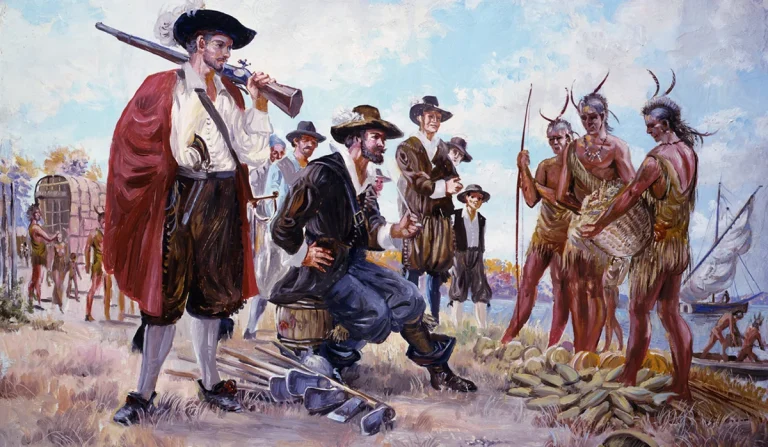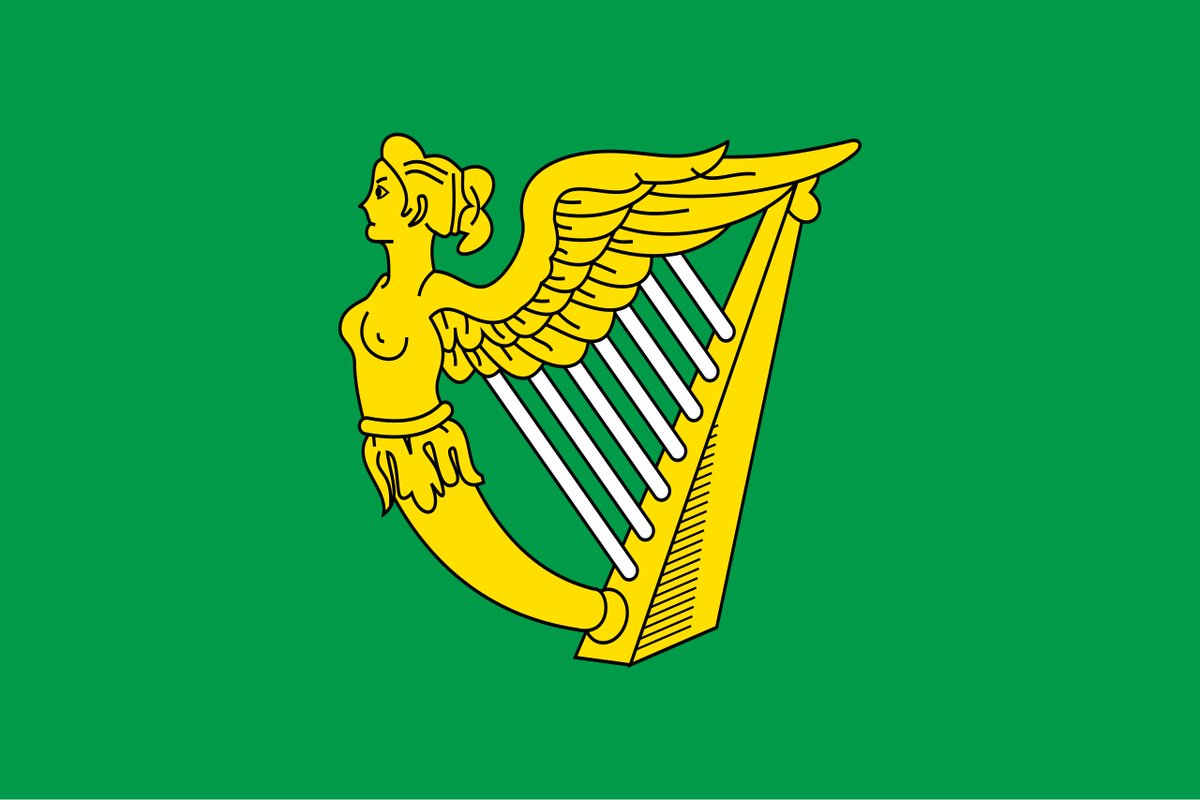The war between Teutonic Order and the Lithuanian pagans was one of the longest conflicts ever! There was some kind of fighting almost every year from 1283 to 1406, but very few big battles. It was basically a war of attrition, but with both sides getting stronger in the process. 

The fighting revolved around raids into enemy territory where both sides pillaged enemy territory back and forth. However these raids had to be well organized and the logistics were very difficult. Campaigning was only possible for a limited time of the year! 



This is primarily due to two things: geography and climate. These lands were covered by dense forests, bogs, lakes and rivers. There was a belt of uncleared land between the two enemies as a no man's land. This presented logistical challenges that were very difficult to overcome. 





Furthermore campaigning was not possible for most of the year because of weather conditions. In fact, there were only two sets of weather conditions that allowed campaigning at all! And even in this case, sudden weather changes would be disastrous and could trap the army. 

One weather condition was a very specific type of winter that was not too cold yet sharp enough to harden the ground and freeze over the rivers. The cold was devastating but a weak winter was even worse as it was impossible to move men and horses unless the ground froze. 





The other weather condition for campaigning was hot sun combined with drying winds. This could happen any time from April to October, or not at all, and was unlikely to last for more than a month! When it did, they could combined both land and water transport for raids. 

The both sides raided each other to no end while getting continuously strengthened and reinforced by their expanding economies in the hinterland away from the front. This caused this brutal endless war to last so long! 

• • •
Missing some Tweet in this thread? You can try to
force a refresh







































